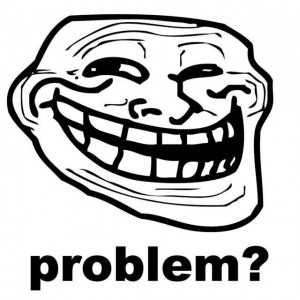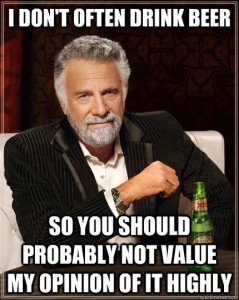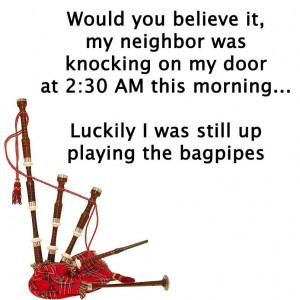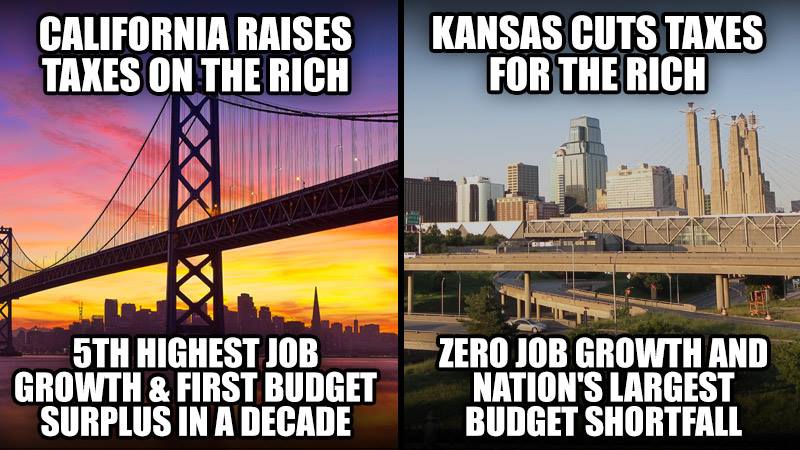In last Tuesday’s post I referred to an image with superimposed text as a “meme”, and one commenter justly took issue with that. He said,
Well, as long as we on the subject… 🙂
I object to calling a slogan-based statement combined with a pretty picture a “meme”. It may be *intended* to become a “meme”, but it ain’t yet.
So….what is a meme, anyway?
I first encountered the term in the pages of Douglas Hofstadter’s book Metamagical Themas, a collection of his columns from Scientific American. I haven’t read the column in decades, but this description at Wikipedia tallies with my memories:
[The term meme] was coined by the British evolutionary biologist Richard Dawkins in The Selfish Gene (1976) as a concept for discussion of evolutionary principles in explaining the spread of ideas and cultural phenomena. Examples of memes given in the book included melodies, catch-phrases, fashion, and the technology of building arches.
In short, a meme is an idea, simple or complex, that can pass from one person to another. I’ll call this sense meme(0).
The next place I encountered it was in conjunction with catch-phrases and in-jokes spread over the Internet. The classic example is the phrase “All your base are belong to us”, which goes back to an ancient Japanese computer game; more recent examples include The Most Interesting Man in the World and Grumpy Cat. These are clearly meme(0)‘s in Dawkins’ sense, but one wouldn’t usually apply this sense to melodies or the technology of building arches. I’ll call this sense, which is confined just to catch-phrases and in-jokes and pop-icons, meme(1).
Maybe six or seven years ago, I saw the phrase “internet meme” being applied to a kind of chain letter: not letters asking for money, or simply to be spread, but letters asking you to (for example) list your ten favorite books in a post on your blog, notify the person who had sent you the letter, and pass it along to ten other bloggers. Here we’re riffing of something passed from person to person; we’ll call this sense meme(2). Note that meme(2) applies to the message that is actually sent from person to person; but arguably it’s the idea of putting a list of ten favorite books on your blog that is actually a meme(0). However, I haven’t heard this usage in a while, and it may be dying off.
I first heard the word “meme” applied to a picture with superimposed text while at the Catholic New Media Conference in 2012, though I gather it had gained currency some time before that. At that point the meme was usually a picture of some recognized pop or internet phenomenon (i.e., the picture itself was a meme(1)) while the words recast it in some way. Alternatively, the words might repeat or riff on some catch-phrase, with the picture providing context on the new meaning. Thus, the combination of the picture and the words resulted in a meme(1) plus something new, a combination intended to provide some response (usually a giggle). We’ll call this kind of meme a meme(3). Examples include pictures based on Troll Face
and the Most Interesting Man in the World:
A meme(3) is based on a meme(1), adding new content in an evolutionary way, and is passed along to others; thus, a meme(3), like a meme(1), is also a meme(0).
More recently, and presumably as a result of the success of meme(3)‘s, I now see a lot of pictures with superimposed text on FaceBook; often there’s no meme(1) as a base, just a picture of some sort, and most of them do not become pop icons in their own right. They usually do convey an idea, or at least a gag. We’ll call these meme(4)‘s, to distinguish them from meme(3)‘s. The interesting thing about meme(4) is that just like meme(1) it’s a subset of meme(0): an idea passed from person to person, in this case one that happens to be passed as a picture with superimposed text. Here’s one I saw and shared on Facebook this morning:
And then we have the “meme” I discussed on Tuesday, which is surely a meme(4). There’s no speck of pop culture about it; it’s a straightforward bit of political sloganeering cast as a picture with superimposed text:
It’s a meme(0), I suppose, in that it has an implicit idea: that raising taxes on the rich is politically wise. It isn’t base on a meme(1), so it isn’t a meme(3); and it’s in this sense that my commenter is correct in not calling it a meme. In this sense, it subverts the notion of a meme(3) for its own purposes.
But it’s far from alone in the great multitude of meme(4)‘s; and it’s certainly a meme(0).
So there you go.
















